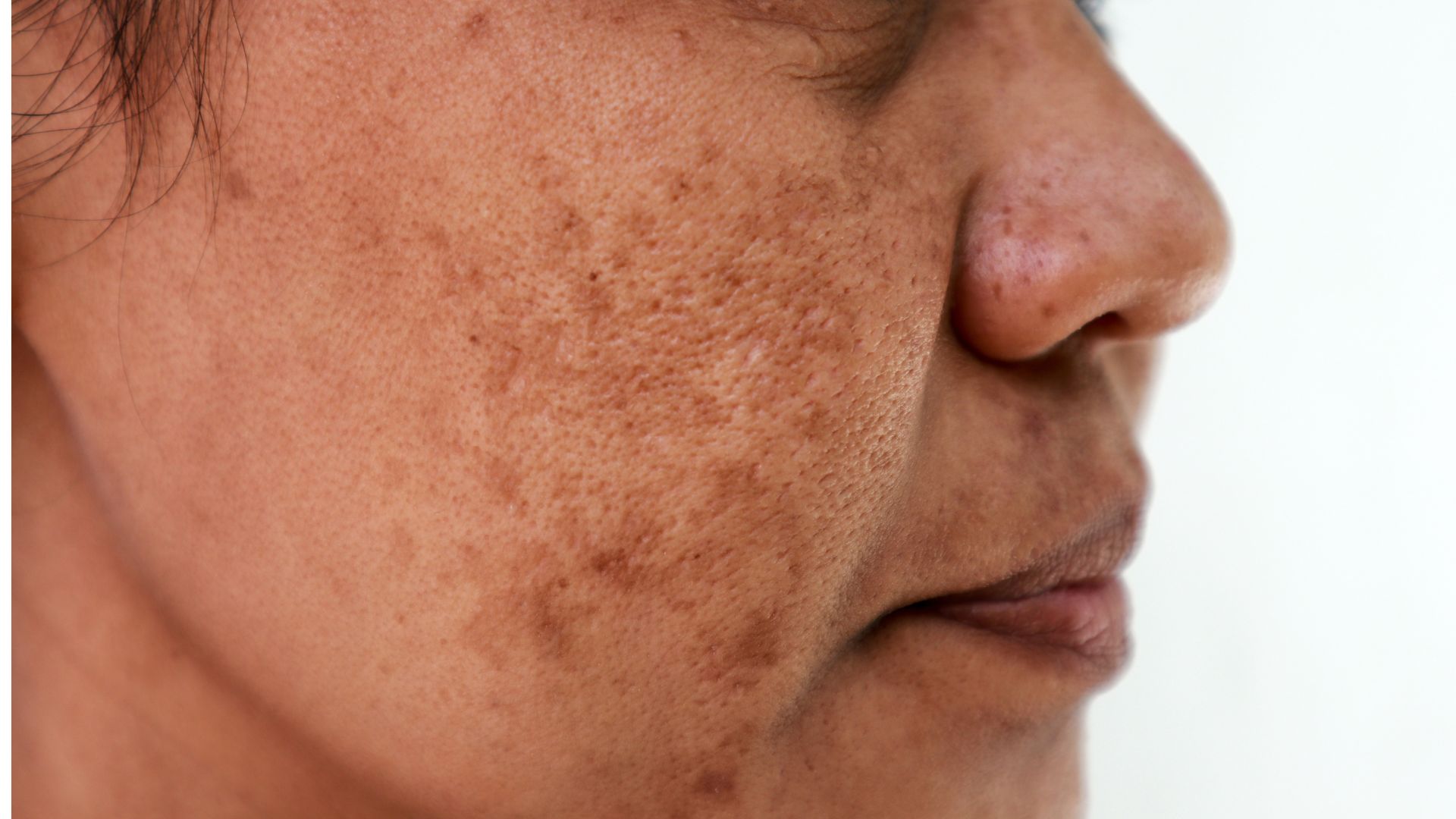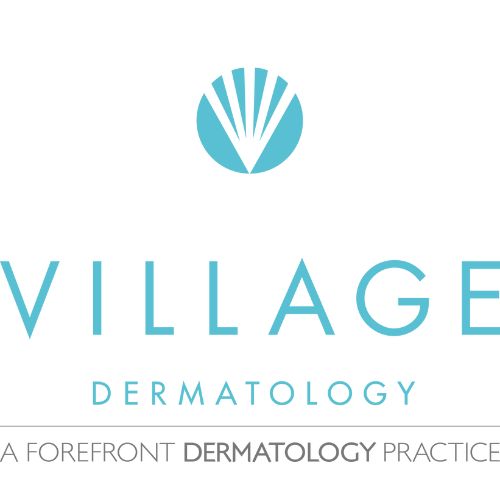What causes brown spots on the skin?
They go by names like brown spots, age spots, liver spots, sunspots, and solar lentigines. But whatever you call them, brown spots are a common sign of aging and can have a negative effect on your self-confidence. While most brown spots are harmless, they can occasionally be cancerous. This is why it is important to seek qualified dermatology care when determining whether a spot on your skin is harmless or not.
What does a brown spot mean?
If a brown spot is determined to be non-cancerous by a qualified medical professional, then brown spots can occur for a variety of reasons. Brown spots or age spots are small, dark, flat areas of skin that vary in size and can range in color from yellowish to dark brown. They usually develop on sun-exposed areas such as the face, neck, chest, back, forearms, and hands. Brown spots are common in people over the age of 50 (which is why they’re also sometimes called wisdom spots). But younger people who have had a lot of sun exposure can also develop age spots. Most brown spots are not dangerous. However, many people want to have their brown spots treated for cosmetic reasons.

Why do brown spots occur?
Brown spots are a natural part of aging. They occur due to sun damage over the years. The ultraviolet (UV) rays in sunlight cause the pigment cells in the skin to become overactive and make more melanin. Melanin is the pigment that gives our skin its color. Age spots develop when years of sun exposure cause the melanin to clump together at high concentrations in small areas of sun-exposed skin.
Other possible reasons for developing dark spots in the skin can include:
- Hormonal changes: Small patches of discoloration called melasma can develop in the skin due to hormonal changes. This is more common in women, especially during pregnancy.
- Inflammation: Skin conditions such as acne, eczema, psoriasis, or injuries can lead to inflammation and dark spots.
- Wound healing: Hyperpigmentation can develop after the healing of wounds such as burns, cuts, or insect bites. These usually fade with time.
- Medical Conditions: People with diabetes can develop acanthosis nigricans, which consists of dark, velvety spots in the skin that resemble age spots.
- Medication side effects: Some medications can cause increased pigmentation in the skin as a side effect. Typical examples are tetracycline (antibiotic) and nonsteroidal anti-inflammatory drugs (NSAIDs).
How do you get rid of age spots?
Intense Pulsed Light (IPL)
One of the quickest ways to get rid of brown spots is a light treatment, which is usually done with intense pulsed light or IPL. The light targets the melanin in the age spot and breaks it up. The body then naturally clears up the broken fragments of pigment, resulting in fading of the brown spot.
Chemical Peels
Another way to get rid of age spots is with chemical peels. This is a quick and convenient in-office treatment in which a chemical solution is painted on the skin’s surface. The acid gently exfoliates the skin and promotes new skin growth. The treatment can help fade age spots in the skin, but the results are generally slower to appear compared to a treatment like IPL.
Other cosmetic treatments that may help reduce the appearance of age spots include dermabrasion, microdermabrasion, microneedling, and cryotherapy.
Prescription Medications
Prescription skin-lightening creams can help eliminate dark spots by bleaching the skin. They usually contain hydroquinone with or without retinoids (tretinoin). These ingredients can cause mild skin irritation, dryness, and redness. Also, it can take several months to notice a difference in brown spots.
Skincare Products
We recommend Cyspera Intensive System™. This advanced formula is clinically proven to give you a more even skin tone by lightening blotchy and darkened areas of skin. It also prevents new age spots from forming. Cyspera is suitable for all skin tones and skin types. It has an exfoliating action that gently removes dead skin cells and improves skin tone naturally.
When should I be worried about brown spots?
Most brown spots are harmless and cause only cosmetic concerns. However, if you have a brown spot that has grown rapidly, is multicolored, or bleeds, you should see a dermatologist without delay. It could potentially be a cancerous lesion that needs immediate treatment.
Next Steps to Reduce Brown Spots on Your Skin
If you don’t know where to start your skincare journey, reach out to our Skincare Specialists at the Village Dermatology Skin for Life Boutique. Our team is ready to assist you in making better decisions about your skincare needs.
Other Articles You May Enjoy
5 Ways to Protect Your Skin this Spring Break
5 Best Sunscreens for Every Skin Type
What Does the “DEJ” in Revision DEJ Products Mean?
How Oxidative Damage from Free Radicals Affects the Skin
The Skin Benefits of Vitamin C
Skin Care for Rosacea and Sensitive Skin

